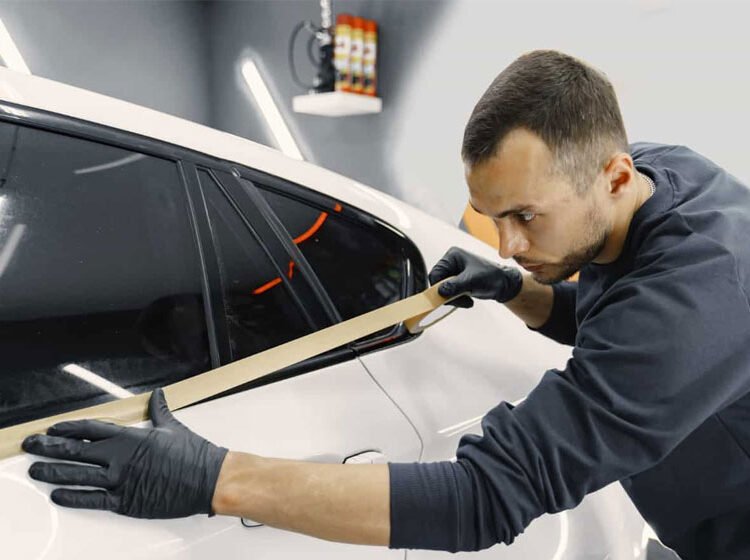Introduction
Discovering a flat tire, especially at night, can be a frustrating experience. Often, there is no visible damage to explain the loss of air pressure. In this article, we will explore the various factors that can contribute to a tire repeatedly going flat, even without apparent signs of damage. By understanding these potential causes, you can take appropriate measures to address the issue and ensure a safe and hassle-free driving experience.
Sharp Objects
One common cause of a flat tire is running over sharp objects. Even a tiny nail can puncture the tire, causing a slow leak of two-to-three PSI per week. It’s essential to inspect your tires carefully and remove any foreign objects embedded in the tread.
Valve Stems
Valve stems, typically made of rubber, can deteriorate over time or get damaged from hitting curbs or automatic car wash brushes. Regularly cleaning the valve stems and ensuring the valve cap is replaced, without overtightening, can help prevent air leaks. Damaged valve cores can lead to pressure loss and should be addressed promptly.
Ripped Tire
A ripped or torn tire, especially on the sidewall, poses a significant safety risk. Even minor leaks from a weakened tire can lead to dangerous situations. Overheating becomes a concern when driving on under-inflated tires, increasing the likelihood of a blowout. It is crucial to replace a damaged tire promptly.
Bead Leak
The bead is the area where the tire seals itself to the rim. Older tires or those affected by dry rot may have reduced elasticity, leading to improper sealing. Improper mounting or dismounting techniques, such as not using tire lube, can damage the bead and cause air leakage. In cases where the bead cannot seal properly, a new tire is the recommended solution.
Rim Issues
Corrosion at the point where the rim meets the tire bead is a common cause of air pressure loss. Die-cast aluminum and magnesium alloy wheels are more prone to corrosion. When installing new tires, it is essential to inspect this area thoroughly. Even with a new tire, a badly corroded wheel will never provide a proper seal.
Another potential issue is wheel porosity, where air leaks through the rim itself. Poor casting or corrosion resulting from incorrect wheel weights can cause this type of leak. It is crucial to follow proper repair procedures instead of resorting to tire sealant, which can be difficult to clean and may damage the tire or tire pressure monitoring system sensor.
Over-inflated Tires
Attempting to compensate for a slow leak by over-inflating the tire is a dangerous practice. Over-inflated tires can lead to a rough and noisy ride due to stiff sidewalls and tread. They also wear out quicker and have reduced overall performance. Moreover, overinflated tires become unstable, lose traction easily, and are more susceptible to blowouts when encountering potholes.
Road Hazards
Various road hazards can cause tire and rim damage, including punctures from nails, metal fragments, broken glass, or hitting potholes or curbs. These incidents are classified as road-hazard damage, and it is advisable to consult a tire technician to assess the repairability of such issues.
By regularly inspecting your tires, maintaining proper air pressure, and addressing any signs of damage promptly, you can extend the lifespan of your tires, ensure even wear, and enhance overall driving safety.
Remember to prioritize safety and have a professional evaluate any persistent or concerning issues with your tires.






